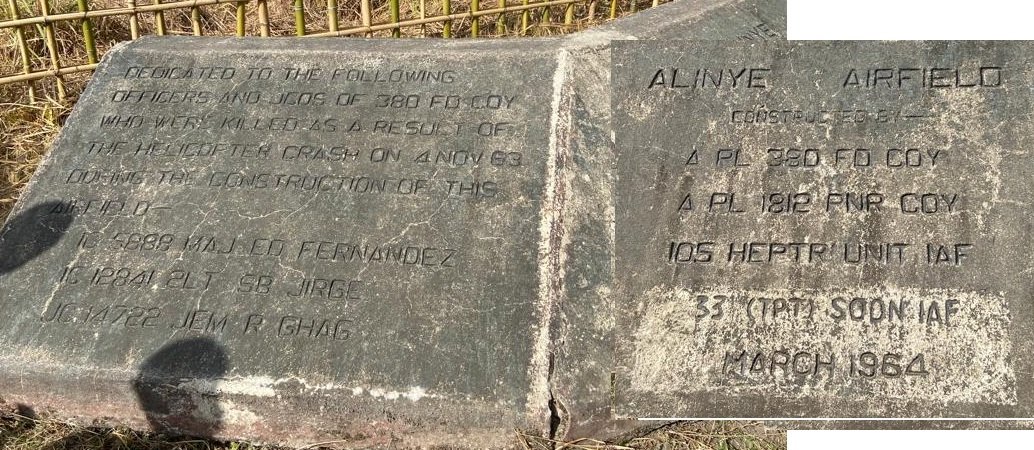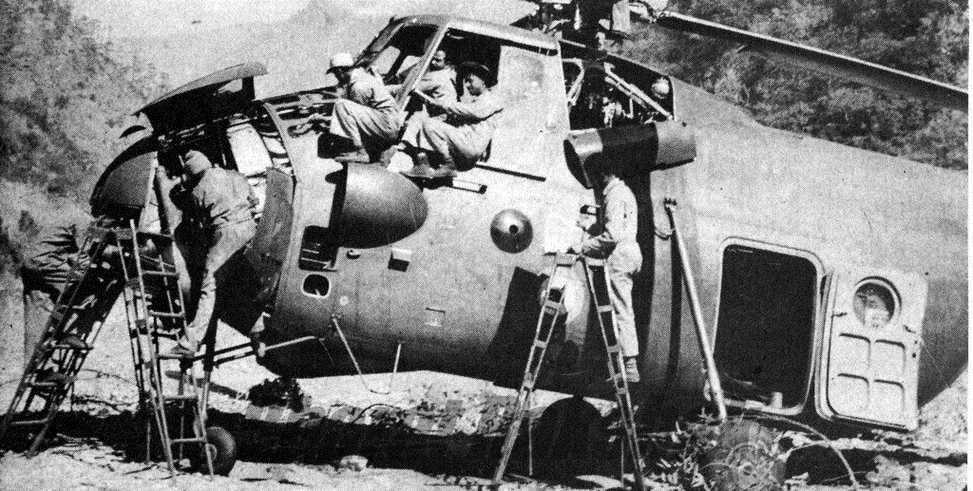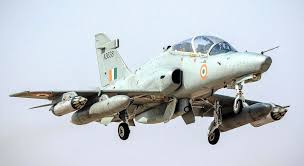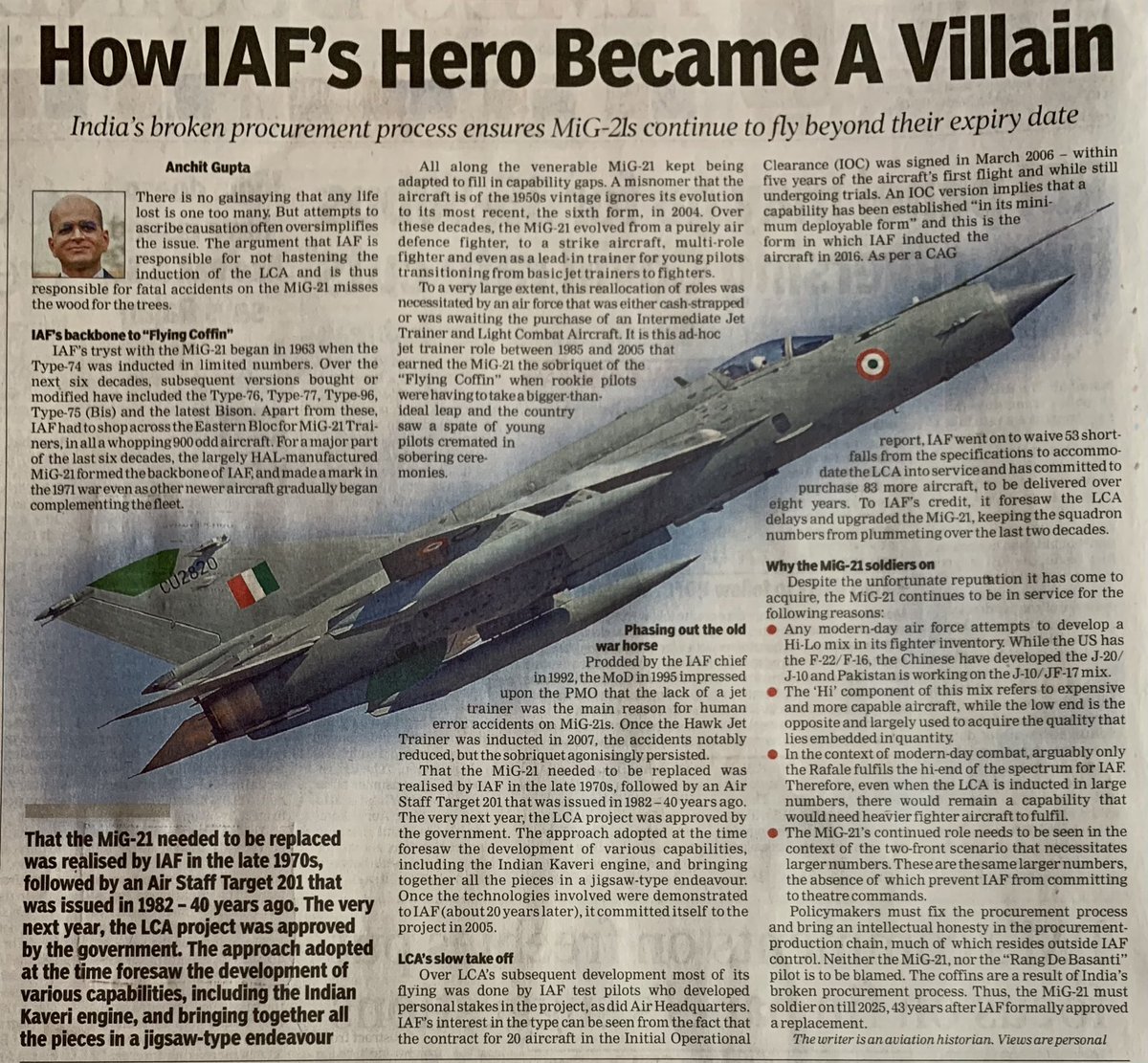On 4 Nov 1963, an @IAF_MCC Mi-4 Helicopter of 105 HU with 9 onboard went down in the Dibang Valley of Arunachal Pradesh killing 5 Armymen. Pilots survived to share the first-hand tales of a week-long survival that we relive today through their eyes. #IAFHistory (1/21) 

Dibang valley boasts remarkable topography & biodiversity. Snow-capped mountains, lush tropical forests, wild grasslands, high-elevation lakes & raging rivers characterise this region. Post-1962 war, it was critical to service the frontier, Dibang Valley had no connectivity. 2/ 

Modern day Dibang Valley is the largest district of Arunachal Pradesh, spread over 9000 square km & is the most sparsely populated district in the country with less than 8,000 inhabitants. It is not tough to imagine how poorly connected the army posts would have been in 1963. 3/ 

Realizing the need to connect border areas, India raised 6 sqns of medium-lift Mi-4 Heptr between 1959-63, split equally between Ladakh & NEFA. The Heptr was powered by a Radial Engine in the nose. A distinguishing feature was the separation of the cockpit from the cargo. 4/ 

105 HU was one of the three units in NEFA and the most east-facing unit as 110 HU and 111 HU were based at Tezpur. Operating out of Dinjan on that day, 105 was ordered to undertake a casualty evacuation sortie involving multiple hops. 5/ 

Alinye was the furthest point the heptrs flew. An advanced landing ground was being constructed by the 380 Field Company of the Army to accommodate operations by 33 Sqn flying the Otter. On that day, they were to bring down men from Alinye and pick up casualties from Hunli. 6/ 

Pilot Officers JD Bobb (Captain) & MS Sekhon (Co-pilot) were detailed for the mission. They took-off at 0600 hours flying north-north east, along the Dri river axis and were at Hunli by 1430 on the way down, all uneventful so far. A total of 9 men were in the Heptr. 7/ 

A few minutes after Hunli, flying at about 9,000 ft, it was drizzling, and the pilots noticed icing light come on. They were in clouds, and the engine was stalling, making a deafening noise. With speed reducing, the helicopter was in an uncontrolled descent. 8/ 

The Heptr hit the trees hard, rolled over and stabilized on its back, with its clamshell door ripped apart. Bobb’s scalp was ripped open and Sekhon was hurt too, but both regained consciousness. Atleast 4 were dead as these two counted. 9/ 

“I saw blood soaked, mutilated bodies piled up on each other heads smashed under the engine, all near the nose. Horrible, fearful site, no one should ever see.”, Sekhon recounts. Together with one soldier, Thappa, the three decided to walk to Hunli (15 flg mins away). 10/
“We picked up a handful of gram & one blanket which was being carried by one of the passengers. To get to Hunli we had to cross a rivulet. Every time we came to the rivulet we found ourselves 100 ft+ above it, so we would climb the next ridge.” Bobb remembers. 11/ 

“Walking used to be dawn to dusk, sleeping wherever it got too dark to progress. Slept one night in a Mithun (wild bull) cave (keeping vigil in turns), and once, clinging onto individual trees overlooking a waterfall. Bobb continued. 12/
“We heard a/c overhead searching for us. Thick jungles with tall trees like canopy, we could not spot them, and they couldn’t have spotted us or crashed Helicopter. We felt hungry — I plucked some grass, chewed it.” Sekhon chimes in. 13/
After 6 days of survival, “we finally came to about 30ft. above the rivulet. We were at the end of our tether, we decided to try & get down. The trees here had vines hanging from them, we grabbed a few and went over the edge”. Bobb remembers, in the process falling on a rock. 14/
“All these days we had been going down practically, now we had to start climbing to reach the closest village called Dhonli. After climbing for some time we were confronted by a group of locals (Mishmi).” 15/
“On seeing us they picked up their weapons to attack us, however, Bahadur shouted in the local lingo and explained everything. The leader ordered one man to bring water from a bamboo groove with fist full of roasted powdered maze, was most delicious” Sekhon explains the end. 16/ 

Next day, they made a make-shift Helipad. The Army was looking for them and the Air Force heptr flew in. The search party also went looking for the injured and all alive were airlifted to Jorhat Hospital. By the end of it, 5 of the crew had died, Major Fernandes in hospital. 17/
It remains unclear why the icing warning came on. Perhaps spurious icing warning due to drizzle/clouds/ heavy load. These were the early days of Helicopters in India. Bobb was amongst the first direct to Heptr in IAF, and was just a pilot officer himself. Sekhon his junior. 18/ 

A few weeks later, a party of 6 including Wg Cdr Singh from HMI, Repair and Salvage unit and labourers from Hunli tried to reach site and salvage the heptr. After some adventure, they did but could only salvage a few minor items. 19/ 

In Mar 64, Alinye airstrip was ready and for a few years Otters from 33 Sqn used to fly in regularly. But it remains in disuse today. Road network has improved over the decades, but in the region remains sparse, making Air cover still critical for the region. 20/ 

We must also not forget the sacrifices of the field regiments (Engineers) who opened up new frontiers in this most inhospitable places & many perished unknown to the world - timesofindia.indiatimes.com/city/goa/after… 21/21
PS: correcting an error with mention of 33 sqn with Otters. 33 sqn had caribous, it was 41 and 59 with otters
• • •
Missing some Tweet in this thread? You can try to
force a refresh

















